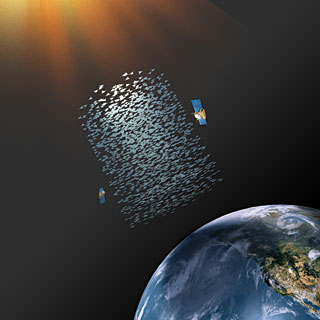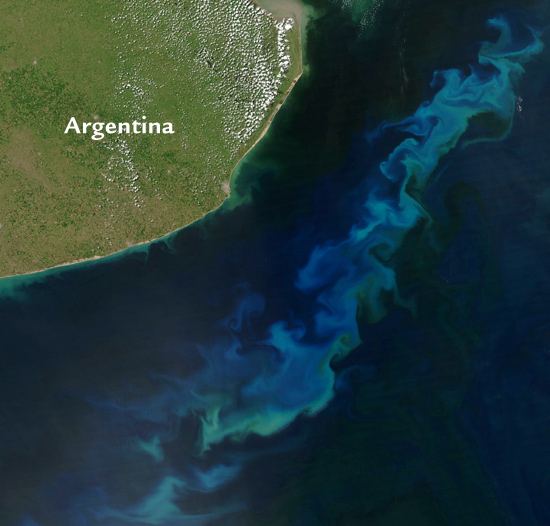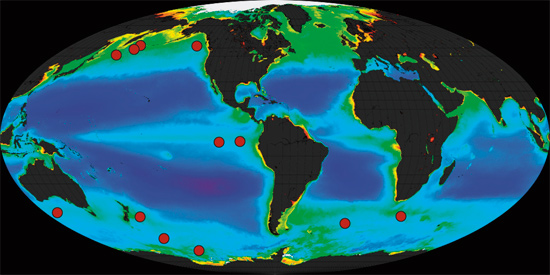ACE Report: Ocean Fertilization
Open Google Doc of Ocean Fertilization
By Rebecca Anderson, ACE Director of Education
Here’s what we know:
The world is getting hotter.
Emissions are on the rise. (Even the rate of growth itself is going up.)
The more we learn about how climate change affects the planet, the worse it gets (national security risks, economic losses, health problems, destruction of wildlife habitat, food sources, etc).
And, so far, humanity has yet to come up with a plan to even begin to grapple with this problem.
We also know that the longer we wait, the greater the likelihood becomes that limiting emissions alone (mitigation) isn’t going to solve the problem. We can try to figure out how to deal with the problem as it comes (adaptation) and then, there’s the sneaky option: geoengineering.
Geoengineering means we deliberately mess with the climate system to offset the warming from all the CO2 that we very UN-deliberately used to mess with the climate system in the first place. It’s engineering on a planetary (hence the “geo”) scale.
What this means to me: Scary! Don’t get me wrong – geoengineering could be our saving grace for avoiding catastrophic climate change and that is a very good thing. I call it “sneaky” only because it is a poor substitute for the primary solution: lowering our CO2 emissions.

Ocean fertilization is the climate equivalent to liposuction. Instead of working off the excess carbon the healthy way (like exercise and a low-carbon diet), we bring in technology to suck it out of the atmosphere instead and pump it into the ocean.
The basic idea is to sprinkle a whole lot of iron flakes into the ocean. Iron is a limiting factor in how much plankton can grow in the ocean, so with all this extra iron around, the plankton go into photosynthesis overdrive. This is called a phytoplankton “bloom” and in the blooming, these little guys take up tons of CO2 out of the water, which in turn pulls CO2 out of the air , and – Presto! You’ve got yourself an (almost) natural carbon sink!

The upsides to this technique are that (1) it’s relatively cost-effective and (2) it stashes the carbon in a place where a lot of it would end up anyway.
But, clearly, it’s not that easy. It’s the real world: complications and side-effects abound.
Here are a few:
- To make this a real carbon sink, those little plankton have to die and sink down to the deep ocean before the carbon dissolves back into the upper ocean, where it can just recycle to the atmosphere all over again. Pretty pointless if that happens.
- Apparently, it’s really tough to measure how effective this process is. The ocean is big, the plankton are small, the water moves all around, how do you tell what’s happening due to your bits of iron and what’s not… there’s a lot of room for error here. This becomes a problem in the carbon trading market where there’s potentially big money to be made in carbon offsets. It doesn’t count as a carbon credit if you can’t account for it.
- There’s also the problem of what dumping a few tons of iron into the ocean will do further down the line or up the food chain. Plankton are the base of the oceanic food chain and creating a whole lot more of them must somehow affect everything else that lives off them at some level. We just have no idea what effect this will have.
Despite all these reservations, some start-ups and scientists are already testing this out on a small scale. There have been at least twelve experiments to date, starting back in 1993. (See the map for where they took place.) People get pretty excited about this idea, one reason being that there could be lots of money to be made by liposuctioning all this carbon to the oceans in a carbon-trading market.

One last tidbit to throw into the mix, just to complicate the issue further, is that most ocean fertilization would take place in international waters. While there are some international treaties that govern things like dumping in these waters, they were written way before anyone ever considered anything like intentionally adding iron to the ocean. So the legal aspects could get way complicated, which makes it harder for the offset carbon to get used in a regulated carbon market.
Ocean Fertilization
Student Worksheet
Name:
1. What’s the term for reducing CO2 emissions to combat climate change?
2. What’s the term for changing our infrastructure to deal with climate change?
3. What’s the 3rd option for dealing with climate change and what does it mean?
4. What’s the only geoengineering technique that has actually been tried so far?
5. Ocean fertilization is the climate equivalent of _________________.
6. How does ocean fertilization work?
7. What are two worries about ocean fertilization?
8. What do you think? Is ocean fertilization a good idea? Or is it too risky? (If it’s too risky, what’s a better option?)
